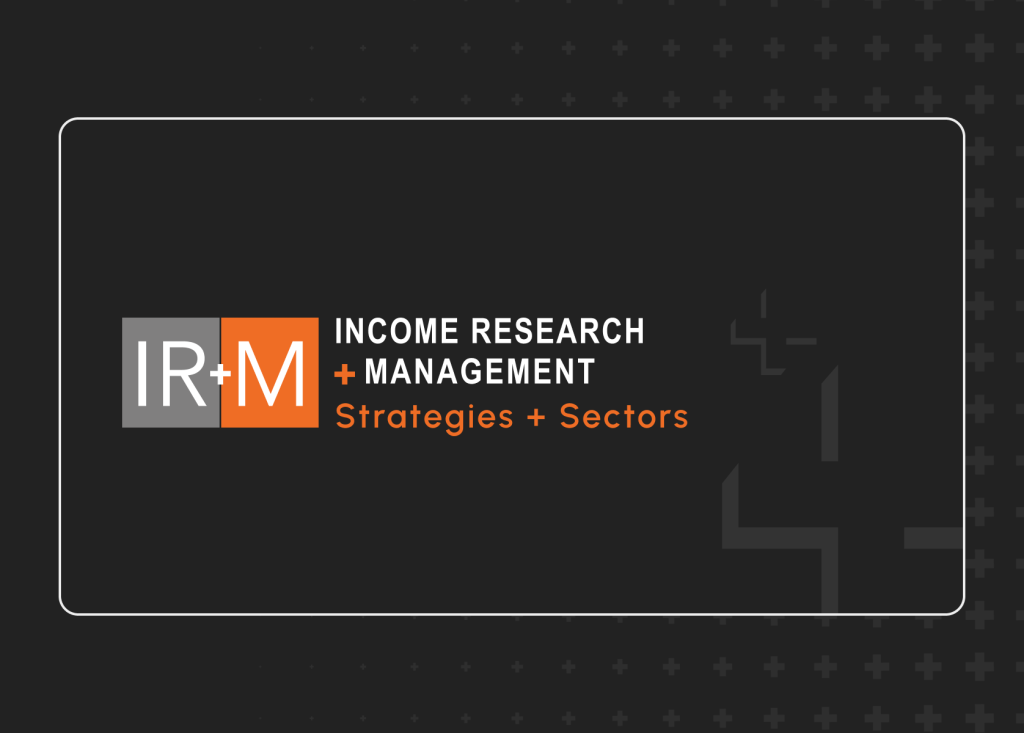The short-squeeze saga in GameStop (GME) stock continues to make waves across capital markets, with last week’s dramatic turnaround in investor sentiment absent of significant fundamental news still begging questions about how stocks trade. American Movie Cinemas (AMC) has also experienced a dramatic stock–led technical rally thanks to social media – one that has now spilled over to the corporate bond market.
The stock prices of GameStop Corporation (GME; B2/B-) and AMC Entertainment Holdings (AMC; Caa3/CCC-) have been yanked back from the precipice of hedge fund short selling largely through waves of retail buying first coordinated on social media sites such as Reddit. This powerful technical has now stoked positive price action in the companies’ outstanding corporate bonds as well. The AMC corporate bond issue with a 12% coupon that matures in June of 2026 (AMC 12% of 26) has almost tripled in price, from $22 to $64.50 this year (as of February 2). But isn’t the corporate bond market normally the realm of the less emotional, more fundamentally focused institutional investors? If so, why suddenly is this herd seemingly stampeding in reaction to stock-buying trends on social media?
Credit short covering is an unlikely explanation on its own. Since the sunset of the single–name credit default swap market, outright bond shorts are operationally difficult and rare. To successfully short corporate bonds from a specific company, managers must borrow specific issues in the repo market via a reverse repo, sell them outright, and then buy them back in the secondary market when they wish to close out the shorts. Equity markets have single tickers traded on exchanges. Buying and selling can be instantaneous if desired. Bond markets, however, often have multiple issues outstanding for each company – and many are less liquid and otherwise tucked away from routine trading availability.
Yet benchmark-based bond managers may implicitly short credits by underweighting a benchmark that includes them as a constituent. If a manager simply becomes less pessimistic about the company’s prospects, then they may seek to cover the underweights by purchasing the company’s bonds outright. If enough managers follow suit, credits with modest floats can rally sharply.
In the case of AMC, the bonded index-eligible issuance is less than $2 billion par – yet it represents a significant constituent in the distressed portion of the Bloomberg Barclays High Yield Index. On the other hand, GME does not have nearly as much float outstanding, so it doesn’t have as much uplift potential when managers decide to cover their benchmark underweights.
This may explain part of the puzzle, but other differences are also worth noting – namely, where the bonds were trading prior to the stock frenzy. The GME 10% of March-23’s have traded above face value for the balance of 2021. Contrast this to the deeply discounted price of the aforementioned AMC 12% of June-26’s, and a bond manager can quickly recognize the pull-to-par potential of the latter. Bond physics are such that corporate bonds with fat coupons trading well below par can maintain the same attractive yield and spread even as its price accretes towards par ($100) at maturity. As such, “no news is good news” can be extended to “less negative news is good news” in deeply discounted credits that have maturity dates in the short to intermediate future. This technical turnaround also helps the company’s fundamentals.
Markets operate as a system of interlocking deterrents and incentives. A negative technical narrative can permeate up the capital structure as a fundamental deterrent – namely a bankruptcy filing – by implying that the company’s access to debt refinancing may be limited.
The Merton Model of Corporate Finance is based on this concept. Debt holders support the equity owners’ incentives as a type of leveraged call option on the future value of the company in exchange for incremental yield (or spread) above a credit-risk-free alternative. When the market senses that the probability of debt repayment is in decline, it increases the prevailing spread compensation. Yet, a rally in the stock price can indicate that the company’s business prospects will improve if the sufficient access to capital remains in place. From the standpoint of the Merton Model, this equates to the size of the equity cushion moving above the value of the pure optionality as the firm’s assets reappreciate to be worth more than the firm’s liabilities. Henceforth, bankruptcy is no longer the market’s implied base case, and the debt should trade at spreads below distress with prices closer to par.
This is the stuff of capital structure arbitrage. But lately it appears that disparate ends of the investment world – social media–inspired retail investors and staid institutional bond managers – have found common ground in a handful of small–cap names. Simply having the stock/bond pricing imply that additional financing is available to these companies in the foreseeable future transforms a vicious market cycle into a virtuous one. But the drama is not likely over. At some point the real fundamentals such as sales, earnings, and business plans will have a guiding influence on this rollercoaster.



